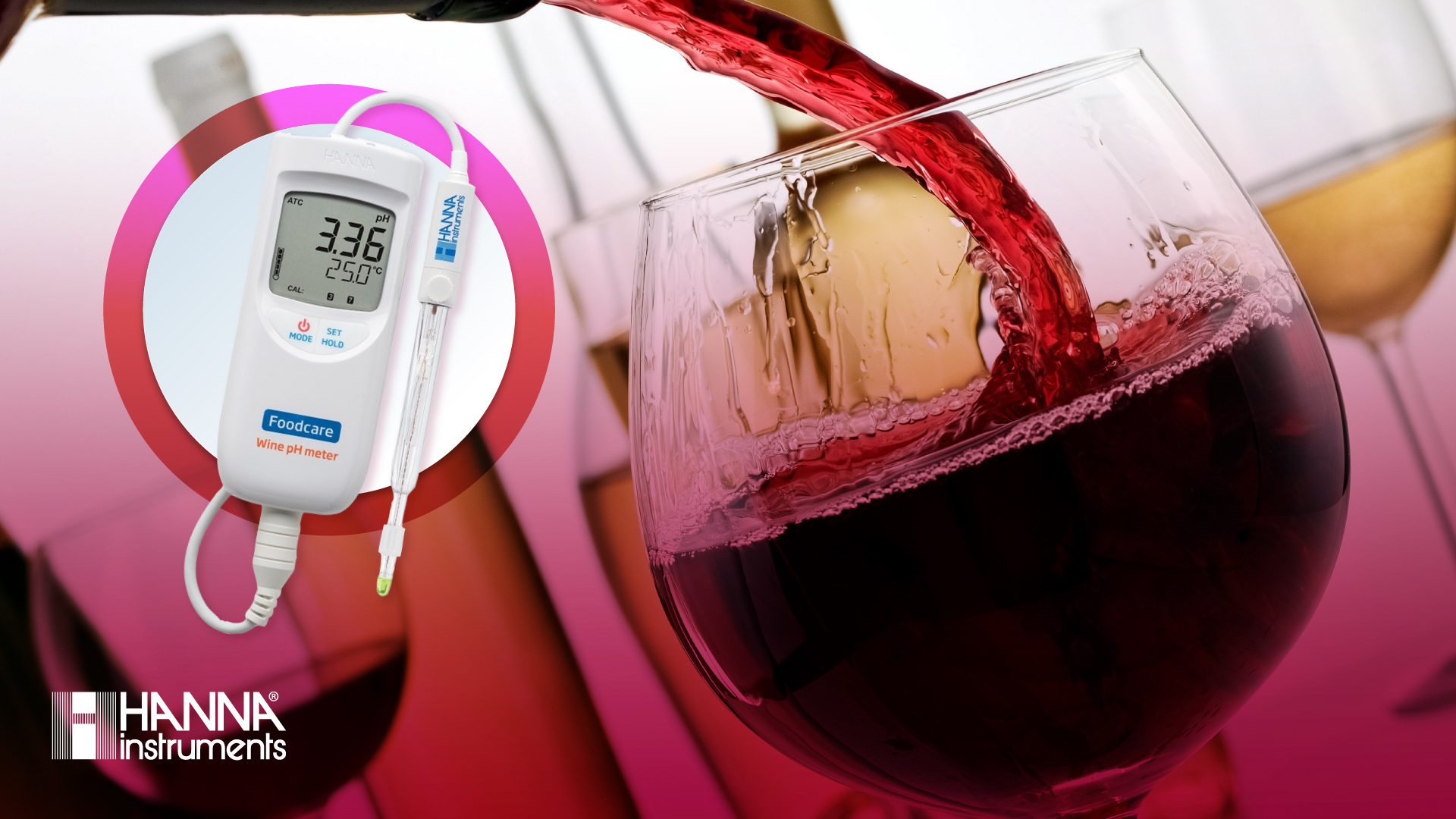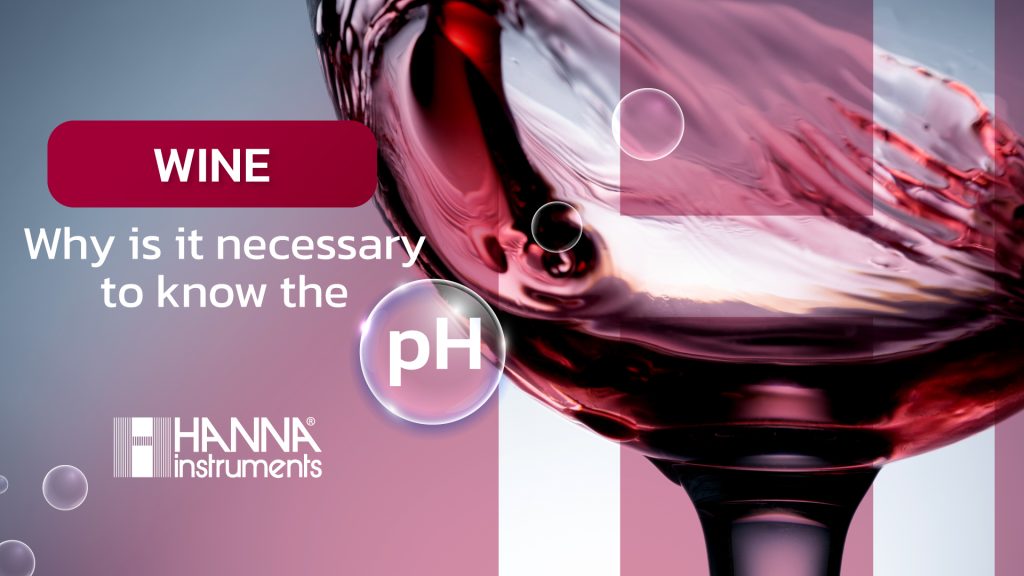No products in the cart.
Measuring Concentration Chemicals, เครื่องมือวัดค่า pH
Why is it necessary to know the pH? | Wine
Did you know…? Wine is thought to be the world’s first beverage. Because evidence of wine production dating back 3,700 years has been discovered in northern Israel. It’s where 500 gallons of wine, or approximately 3000 bottles, are stored in vats. Have you ever wondered why wines taste so smooth, milky, or buttery when they’re supposed to be sour or sweet like grapes? Lactic bacteria, which convert malic acid into lactic acid, are the main culprits in creating that flavor. pH measurement can be used to control optimal dosage.
“Wine tasting is an art form.” We have always seen wine as an ingredient that enhances fine dining.”
Wine It is a type of alcoholic beverage produced by fermenting various fruits. Grapes are typically fermented with yeast, which converts the fruit’s sugar into alcohol and carbon dioxide. Only the fermented juice and alcohol remain after the gas evaporates. including a variety of minerals The alcohol content of wine ranges between 9 and 15%. The majority of fruit wines are named after the fruit, for example, apple wine, mangosteen wine,mulberry wine, cherry wine, pomegranate wine, and so on. Some vegetables can also be fermented to produce wine. which will have a distinct flavor
Why is it important to measure the pH of wine?
The accurate and consistent pH measurement results are critical in enhancing the proper flavor and aroma of the fermentation process to a wine while preserving the wine’s characteristics. The timing of fermentation is also critical. The pH has a direct impact on the biological properties of aroma and flavor development. As a result, the most important step for winemakers is pH control during the fermentation process.
What is the pH in wine?
Typically, winemakers must keep their pH between 3.0 and 4.0. Meeting the required standards determines the quality and consistency of each batch. As each grape is affected by external factors such as environmental conditions, climate, soil, and other factors, the pH in white wines should be kept in the range of 3.0 – 3.5 and the pH in red wines should be kept in the range of 3.3 – 3.8. influencing growth, including wine fermentation Wines can be classified according to their color as follows:
|
grape cultivars |
pH | type of wine |
|
shiraz |
3.8 | red wine |
| cabernet sauvignon | 3.8 |
red wine |
|
merlot |
3.6 |
red wine |
| sauvignon blanc | 3.5 |
white wine |
|
riesling |
3.3 | white wine |
| chardonnay | 3.3 |
white wine |
“Wine from very fertile soils has a milder flavor than wine from less fertile soils.”
The acidity of the wine
The pH of the fermentable juice is in the range of 3.5 – 4.5, which aids in inhibiting the growth of undesirable bacteria. and, at the same time, suitable for yeast that plays a role in fermentation The pH is adjusted by using a weak base, such as calcium hydroxide or ammonia hydroxide, and acids, such as citric acid (citric acid), malic acid, or tartaric acid. The pH adjustments are mostly acidic. This is because almost all fruit juices are less acidic. In most cases, acid is added, and the pH is measured with a digital measuring instrument.
The pH meter for the food and beverage industry is essential because it is an essential step in ensuring safe and high-quality food production in every manufacturing process. As a result, pH control is essential because it aids in determining the quality of food and beverages.

Hanna Instruments (Thailand)
Leading measurement instrument maker
WITH GREAT PRODUCTS, COME GREAT RESULTS.
Email Addresses
info@hannathaicom
CONTACT US
Line : @hannathailand
FB : HannaThailand
